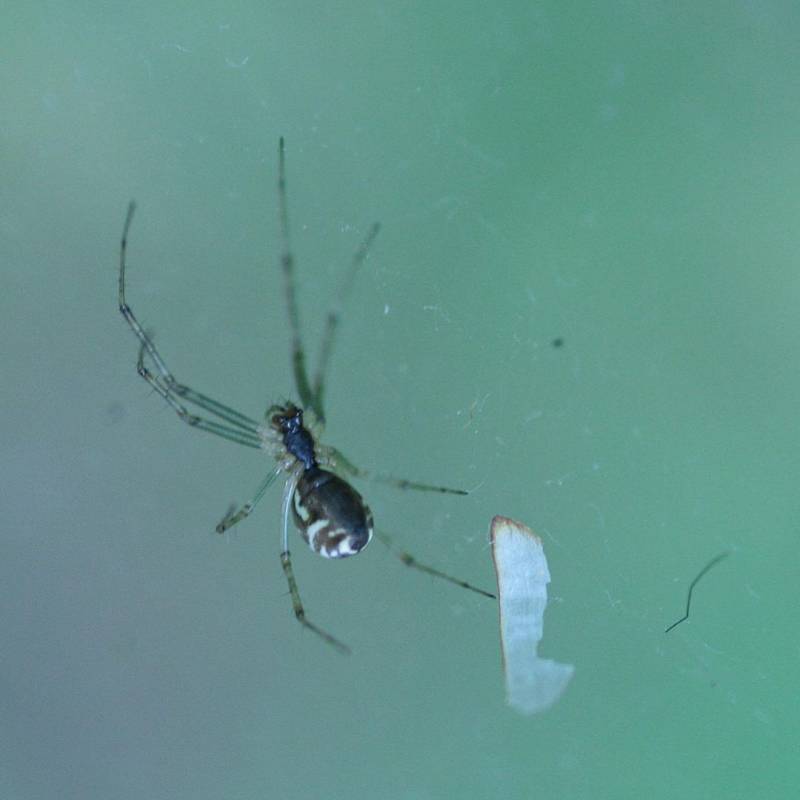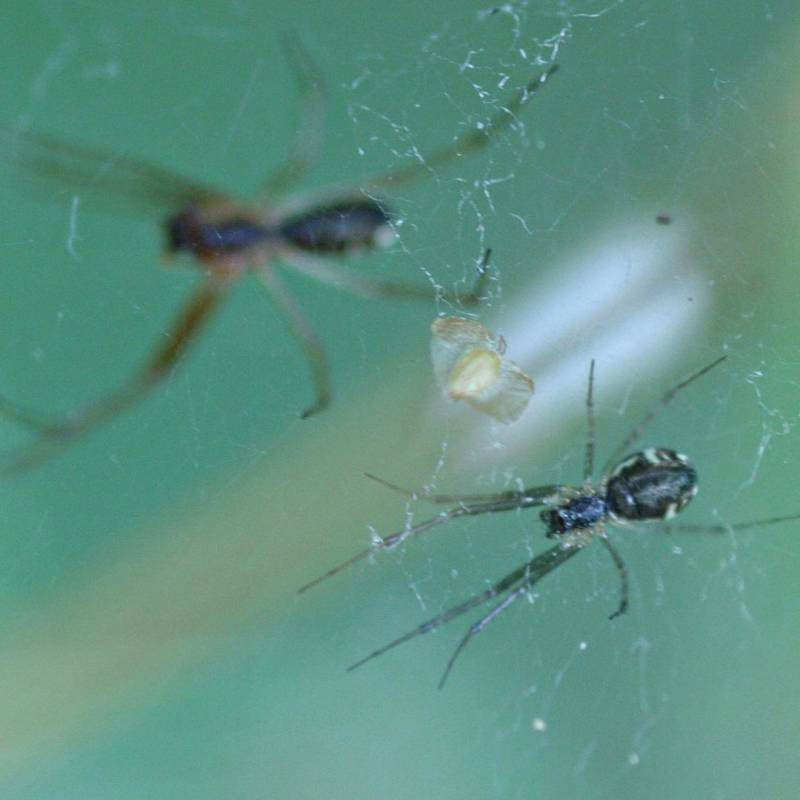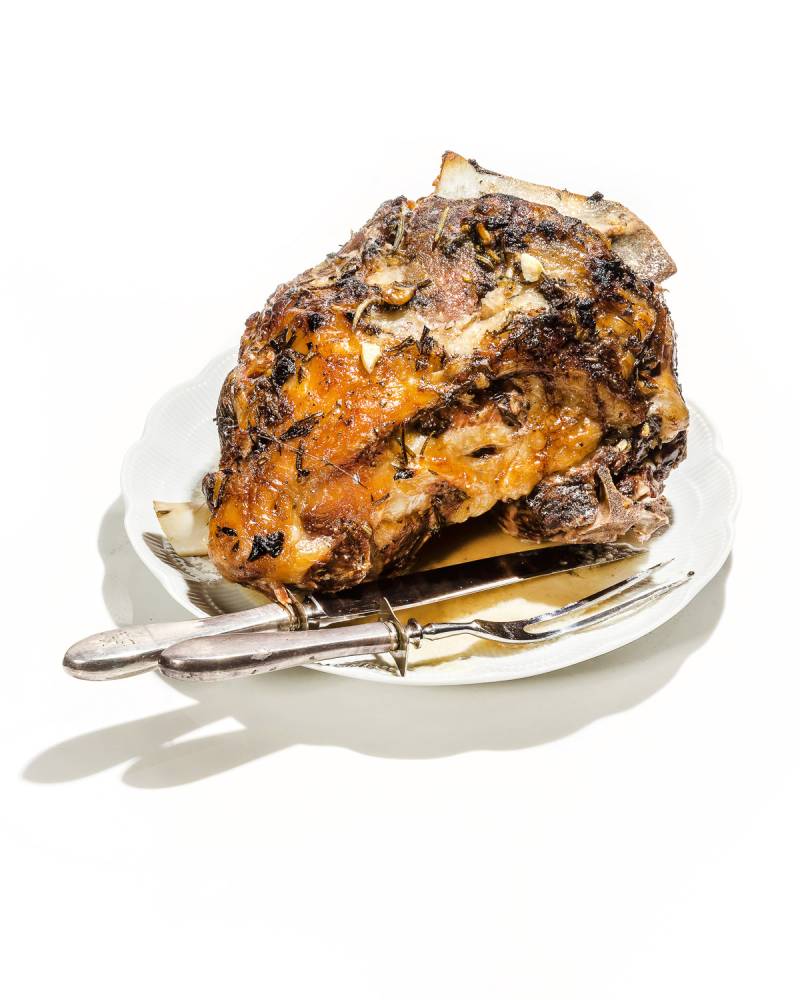Researchers at Rice University in Houston figured out how to give new life to dead spiders.
It turns out all you need is a needle, glue and a syringe.
Daniel Preston, a professor, and Faye Yap, a graduate student, at the Texas university's engineering school published a report in a science journal Monday about how their research team was able to successfully repurpose dead spiders as miniature grippers, not unlike the ones inside arcade claw machines.
Read Also: Websites use URLs to track you, Here’s how to stop them
“We were moving some equipment around the lab and a graduate student, Faye, actually noticed a dead spider,” Preston told USA TODAY. “We saw that it was all curled up, its legs were curled inwards. We were curious as to why that was.”
That’s when Preston and Yap learned about the distinct mechanics of spiders, which control their legs hydraulically.
How do researchers control a dead spider’s legs?
Unlike humans, who have antagonistic muscle pairs (think biceps), spiders rely solely on flexor muscles that can only move their legs inwards, according to the report. The spider generates hydraulic pressure to move its legs, according to the report.
“When a spider dies, pressure no longer opposes the flexor muscles, causing the spider's legs to curl inward as commonly observed among deceased household spiders,” the report reads.
Preston and Yap were able to turn the dead spiders in their research into miniature “necrobotic” grippers by pumping small amounts of air into their bodies.

They simply inserted a hypodermic needle into the spider’s body, sealed it with glue and attached the needle to a syringe, using it to control the flow of pressure into the spider’s body and through its legs.
Open. Close. Open. Close. No special lab equipment needed.
What's the potential use for dead spider grippers?
While the research is still in its infancy, Preston said the dead spider grippers have potential for real-world applications in “micro-scale manipulation,” such as picking up tiny electronic components.
“We’re also looking forward to the potential to use this for field work, where the intrinsic compliance of the fluidic gripping mechanism allows us to handle fragile or delicate samples,” Preston said. “And maybe even live insects or other bugs that we want to obtain in fieldwork.”

The wolf spiders used in the research were capable of grasping objects 130% of their own mass, according to the report. But Preston said he was excited about the prospect of using smaller spiders.
“We realized based on some mathematical scaling, that small spiders actually work better. They’ll have a higher ratio of gripping force to gripper weight,” Preston said.

Preston’s team said in its report that its grippers were an environmentally friendly alternative to man-made grippers, because they’re naturally biodegradable. The grippers tested were good for 1,000 grips before they started to show wear due to dehydration, according to the report, which hypothesized the spider grippers’ durability could be extended by applying a special coating.



